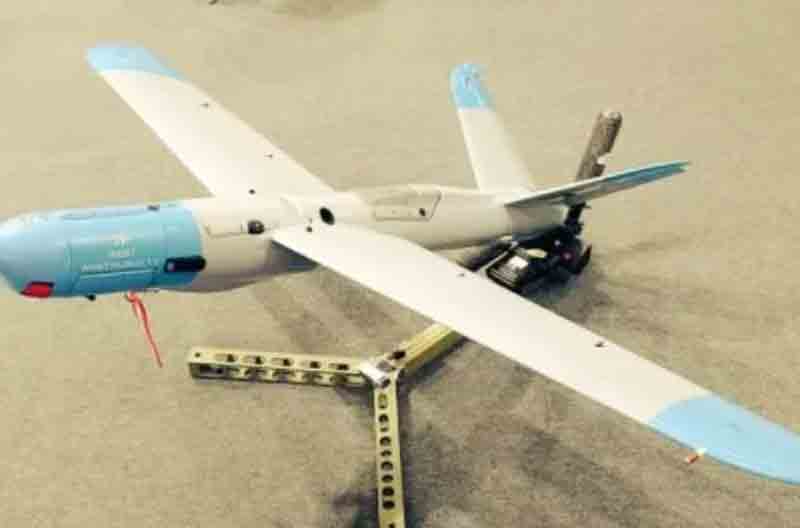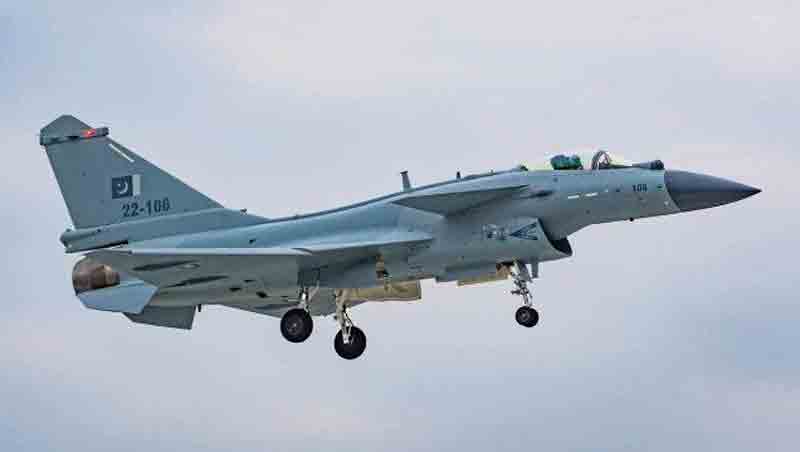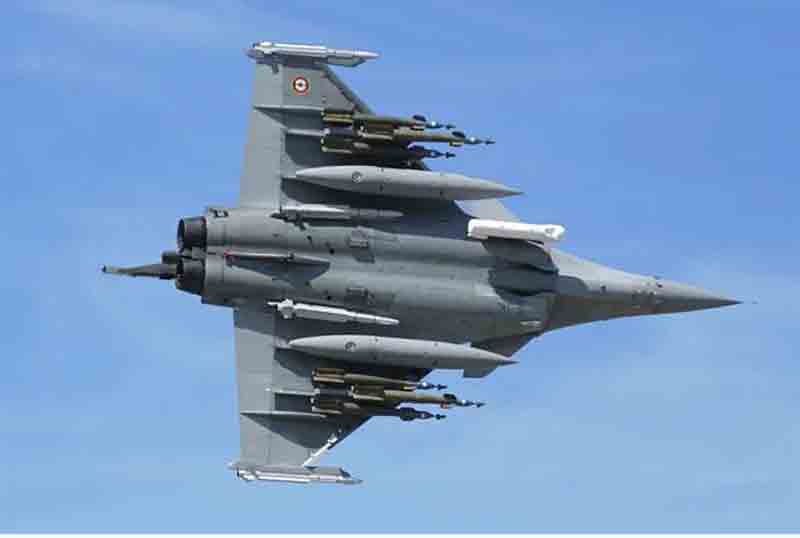In a striking display of its electronic warfare capabilities, Pakistan has allegedly employed a ‘soft-kill’ electronic countermeasure to disable an Indian Army-operated WARMATE loitering munition drone without firing a shot.
The drone, a Polish-made tactical loitering munition intended for precision strikes, was found completely intact near Lahore Airport, providing Pakistan with a unique chance to examine an enemy’s operational system in excellent condition. Military sources have confirmed that the drone suffered no physical damage, allowing for thorough forensic analysis and the possibility of reverse-engineering its command structure, flight control software, and sensor payload—potentially yielding significant intelligence benefits for Pakistan’s defense industry.
Pakistan shoots down Indian drones in Lahore, Chakwal & Sialkot this morning. One Indian drone was flying near Walton Airport of Lahore this morning but it was destroyed with a big bang. Debris not found. Destroyed drones were taken into custody by police in Sialkot and Chakwal. pic.twitter.com/ktpZQH6XO7
— Hamid Mir حامد میر (@HamidMirPAK) May 8, 2025
Indian forces have been utilizing WARMATE drones in recent cross-border conflicts, reportedly targeting forward-operating Pakistani military installations before a temporary ceasefire was established.
Videos and images widely shared on Pakistani social media depict the drone being retrieved intact, garnering considerable attention as a prime example of non-kinetic aerial interdiction. ‘The drone was neutralized without a warhead and seemed to be primarily used for ISR [Intelligence, Surveillance and Reconnaissance] purposes,’ defense officials noted, indicating it was likely employed to map target coordinates or collect battlefield imagery rather than execute a strike.
Pakistan’s advancing electronic warfare capabilities—encompassing airborne, ground-based, and mobile systems—have been crucial in its strategy to counter India’s conventional advantages in areas like manned aircraft and standoff weaponry.
Islamabad has partnered with China to develop a range of mobile electronic countermeasure (ECM) platforms specifically designed for frontline operations. These systems are crucial for disrupting enemy communications, GPS signals, and suppressing airborne radar. They are also capable of executing tactical airspace denial and conducting deceptive signal operations to interfere with Indian command-and-control networks during both aerial and ground confrontations.
Concurrently, it is believed that Pakistan’s Defence Science and Technology Organization (DESTO) has created indigenous electronic warfare (EW) ground stations that can perform signals intelligence (SIGINT) and communications interception (COMINT), enhancing real-time tactical awareness and electronic superiority in conflict areas such as Kashmir and Gilgit-Baltistan.
Meanwhile, the Indian Army’s deployment of the WARMATE platform highlights New Delhi’s growing dependence on loitering munitions and unmanned systems for precision operations in contested regions where manned aircraft face challenges due to terrain and political factors.
The WARMATE, developed by Poland’s WB Electronics, is a portable, electrically powered kamikaze drone capable of conducting both surveillance and strike missions against lightly defended targets, static infantry, and soft-skinned vehicles. Its design effectively bridges the gap between micro-UAVs and larger strategic loitering drones like the Israeli HAROP or U.S. Switchblade, providing a cost-efficient, rapidly deployable solution for frontline forces in dynamic operational environments.
Weighing 5.7 kg and featuring a wingspan of 1.6 meters, the WARMATE can be launched either manually or using a pneumatic catapult. It can be equipped with high-explosive (HE-FRAG), anti-armor (HEAT), or thermobaric warheads based on mission requirements. During flight, it utilizes electro-optical and infrared sensors to detect, track, and confirm targets before executing a high-speed dive at the designated threat, achieving lethal accuracy with a circular error probability (CEP) of only 1.5 meters. These capabilities render the drone especially effective in urban warfare and mountainous regions, where maintaining line-of-sight targeting and minimizing collateral damage are critical objectives.
Indian defense officials have reported that the WARMATE is currently deployed by Para Special Forces and high-altitude infantry units in Ladakh, where challenging weather conditions and difficult terrain often restrict conventional air support. Military experts interpret India’s adoption of kamikaze drones as part of a larger strategy aimed at achieving ‘sensor-to-shooter’ compression, facilitating near real-time target acquisition and engagement without direct human involvement at the front lines.
Analysts highlight significant insights gained from the 2020 Nagorno-Karabakh conflict and the ongoing Russia-Ukraine war, where loitering munitions have significantly transformed the tactical environment by enabling precise asymmetric strikes at relatively low costs.
India’s incorporation of the WARMATE aligns with a broader initiative to incorporate Unmanned Combat Aerial Systems (UCAS) into its joint military operational framework, showcasing the global shift towards autonomous warfare and AI-enhanced targeting.
Discover more from Defence Talks | Defense News Hub, Military Updates, Security Insights
Subscribe to get the latest posts sent to your email.





